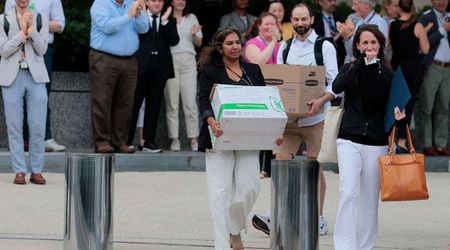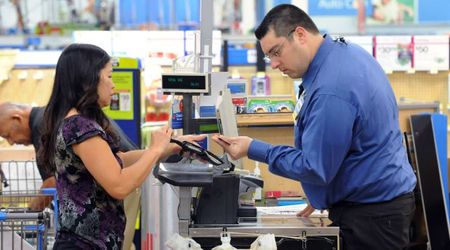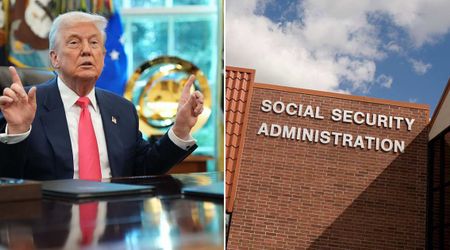1 In 5 Student Loan Borrowers Expected To Struggle With Repayment, Consumer Protection Agency Warns

Editor's note: This article was originally published on June 12, 2023.
One in five student loan borrowers have financial risk factors that may cause them to struggle when the repayment resumes in the next few months, the Consumer Financial Protection Bureau (CFPB) has warned. They might already be behind on other debt because they got overextended due to higher inflation and higher interest rates, the CFPB report said.
The Biden administration's decision to raise the debt ceiling included a provision that officially terminates the three-year-long pause on loan repayments.
As a result of this decision, almost 40 million Americans with student loans will likely have their next due date in September, as per CNBC.
It's been predicted that the transition may not go very smoothly for many people.
More Borrowers Are Behind On Other Payments Too
According to the CFPB research report, as of March, roughly 2.5 million people with student debt also had other loans or payments.
"These borrowers might be unable to make payments on their student loans if they are already missing payments on their credit cards or auto loans, which research suggests people often prioritize over their student loans," said Kentia Elbaum, a spokesperson for the CFPB.
Student Loan Borrowers Expected to Have Higher Monthly Bills
More than half of student loan borrowers expected to resume their payments have higher monthly debt-related expenses than they did before the pause on bills began, as per CFPB. Many of these higher bills come from credit cards or auto loans.
"Unfortunately, the increased cash flow was always going to be temporary and debt is more long-term," Elbaum said.
Budget Concerns For Younger Borrowers
Borrowers who have left school and also exhausted their six-month payment grace period during the forbearance will need to fit student loan payments into their budget for the first time.
CFPB found that many of the younger borrowers aged 18 to 29 will be struggling as many of them have rented pricey apartments and financed a car or taken more debts.
According to the report, a typical student loan borrower now has median nonstudent loan, nonmortgage monthly debt payments north of $200, up from around $65 in March 2020.
What To Do If You Struggle With The Repayment?

Firstly, you have enough time to plan as the suspension of the repayment will last for a few more months. Making a plan for the repayment is crucial. Here are some measures you can take.
Income-Driven Repayment: IDR plan can cap your monthly student loan bills at a set percentage of your income. To sign up, contact your student loan servicer.
In case it's your first time paying student loan bills: If it's your first time you will need to log in to your FSA account to figure out who your servicer is and how much you owe. The servicer will give you detailed information on how much you will need to pay under various plans.
In case you already have student loans in default: You can enroll in a temporary government program called the Fresh Start which will allow you to get your student loans back in a good state, give your the chance to build your credit score, and sign up for an IDR plan.
























